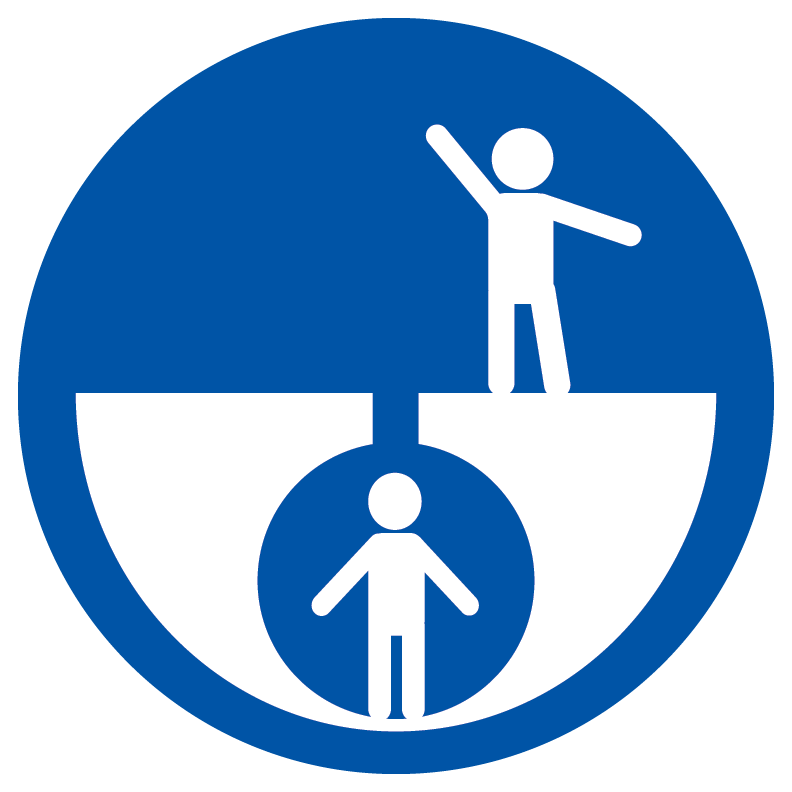Life Saving Rules are essential safety principles that when followed, will protect employees from serious injury or death. These rules were developed around hazards specific to Mauser Packaging Solutions and are focused, clear and simple, actionable, and observable.
CONFINED SPACES
Every year, thousands of workers are seriously injured when working in a confined space. On average in North America, two employees each week will not leave a confined space alive. Most confined space deaths occur because people fail to recognize the HAZARD.
An unfortunate characteristic of confined space accidents is that they often result in multiple fatalities when hazards are not recognized by would-be rescuers who quickly, and unwittingly, become victims themselves.

CONFINED SPACES ARE A REAL DANGER
What may look like an ordinary or typical situation could be a deathtrap. A confined space is a space with limited entry and exit and one that is not suitable for human inhabitants. Examples include storage tanks, pits, ovens, silos, and hoppers. All of these examples are occasionally entered by workers but are not intended for human occupancy. Sometimes these spaces contain special hazards such as toxic gases or dusts, insufficient oxygen, explosive gas or vapor, electrocution risk, potential for entrapment, or moving machinery and are further classified as a “Permit Required Space”.
RECOGNIZING CONFINED SPACES
Regulations require employers to survey their facility identifying any confined spaces and determine if they are “Permit Required” confined spaces. Signs must be posted at the entrance of these spaces. Permit spaces can only be entered by highly trained personnel using specialized equipment, procedures, PPE, and under the guidance of a written entry permit.
A confined space is any area, feature, or structure that meets all three of the following criteria:
1.It is large enough and configured so that a person can enter. Entry in this case means being able to stick your head into a hole or opening; if any part of your body crosses into a confined space then you are considered inside that space.
2.It has a limited or restricted means for entry or exit. This includes any space where an occupant must crawl, climb, twist, be constrained in a narrow opening, follow a lengthy path or otherwise exert unusual effort to enter or leave, or where the entrance may become sealed or secured against opening from inside.
3.Is not designed for continuous human occupancy. Meaning, that the space is not provided with ventilation or designed as a habitable space.
Our Commitment to Confined Spaces:
I will not enter a confined space without authorization, proper training, and confirming that the environment is safe.
- I will never enter a confined space without appropriate authorization and training.
- I will never enter into a permit-required confined space without complete adherence to all requirements of a valid entry permit.

